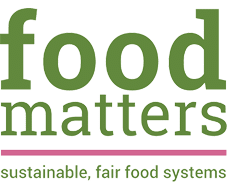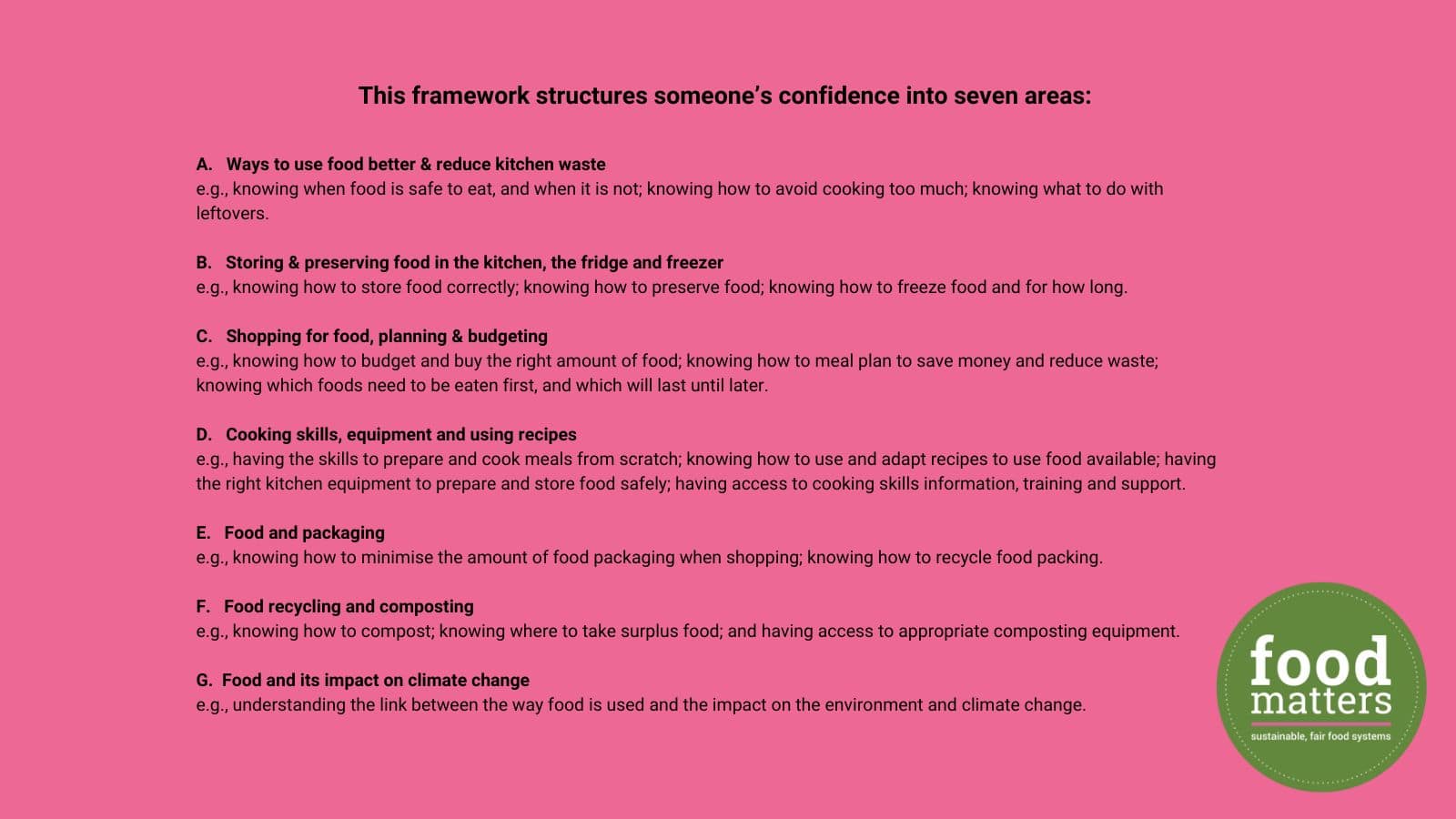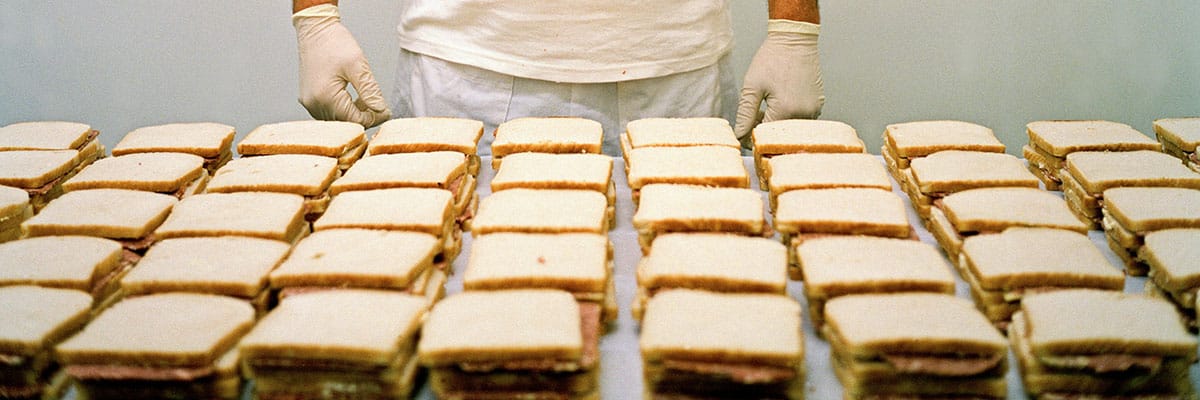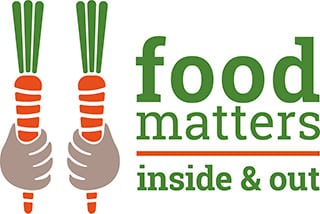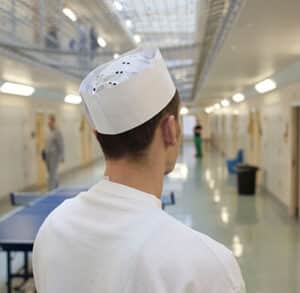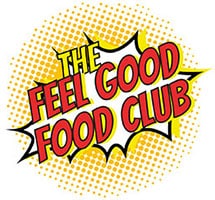It’s time to stop talking about food waste and start talking about food use
Here’s a statistic for you – on average, households in the UK spend a whopping £470 annually on food which ends up in the bin. Whether it’s because it’s gone bad, past its use by date, or through kitchen habits, many of us find ourselves putting more food in the bin than we care to admit.
How can this situation change? How can we make the most of leftovers or unused food? From leftover lunches and batch cooking to home composting, we need to reduce what goes to landfill and becomes atmospheric carbon.
Food Use Places Project
This is the task that the Brighton and Hove Food Partnership – alongside a wide range of other local community partners – set themselves as a part of the Food Use Places project, funded by the National Lottery Communities Fund
The aim of this project is to help communities rethink and reframe their relationship with food waste, and to give them the skills, knowledge, and confidence to turn food waste into food use. Food Matters was asked to evaluate the Food Use Places project.
What does it mean to be confident in reducing food waste?
We needed to hear from the communities who would be part of the Food Use Confidence project, what food waste confidence meant to them. We really wanted to understand: ‘What does a food use confident person look like?’ and ‘what skills, knowledge, and access do people need to make them feel more confident?’
We went out to community projects across the city and asked people to tell us what food waste meant to them. We asked them to think about what areas they felt confident in, and what areas they felt less so. We asked them to tell us what they would need to feel more confident and what barriers they were facing in becoming so.
Through really listening and understanding, we were able to paint a picture of what a person confident in turning food waste into food use looks like, and what someone might need to become more confident – we’ve called this the food use confidence framework. The themes of this framework (see below) are grouped based on conversations we had with participants and help to unpick some of the different ways individuals engage with food waste on a day-to-day basis.
What happens next?
We have used this framework to introduce and structure conversations with community members, helping to explore relationships with food and food waste.
As an evaluative tool, this framework enables us to measure a participant’s baseline ‘food use confidence’, which we then use to see how involvement in the Food Use Places project has impacted their confidence in turning food waste into food use. To explore this visually, the framework can be turned into a graphical dial, which gives a visual representation of someone’s confidence level (see below).
But as well as being an effective evaluative tool, the true value of the food use confidence framework lies in the way it helps introduce and open-up engaging conversations that facilitate people’s exploration of their own relationship with food and food waste. The tool thus packs a double whammy, offering a means for project evaluation, as well as a way of contributing to engaging people in meaningful conversations around food waste, understanding the barriers they face, and working with them to develop effective solutions.
And here lies the true value of participatory evaluation. When you engage participants in meaningful processes of co-development, your role as an evaluator becomes much more than just collecting data and understanding impact, it becomes about empowering participants, helping to build their capacity, and ensuring that their voices are heard, understood and represented in the project development process.
For more information about how you can use the Food Use Confidence framework in your food waste project, get in touch with Callum ([email protected]).
It’s time to stop talking about food waste and start talking about food use
Here’s a statistic for you – on average, households in the UK spend a whopping £470 annually on food which ends up in the bin. Whether it’s because it’s gone bad, past its use by date, or through kitchen habits, many of us find ourselves putting more food in the bin than we care to admit.
How can this situation change? How can we make the most of leftovers or unused food? From leftover lunches and batch cooking to home composting, we need to reduce what goes to landfill and becomes atmospheric carbon.
Food Use Places Project
This is the task that the Brighton and Hove Food Partnership – alongside a wide range of other local community partners – set themselves as a part of their Lottery funded Food Use Places project.
The aim of this project is to help communities rethink and reframe their relationship with food waste, and to give them the skills, knowledge, and confidence to turn food waste into food use. Food Matters was asked to evaluate the Food Use Places project.
What does it mean to be confident in reducing food waste?
We needed to hear from the communities who would be part of the Food Use Confidence project, what food waste confidence meant to them. We really wanted to understand: ‘What does a food use confident person look like?’ and ‘what skills, knowledge, and access do people need to make them feel more confident?’
We went out to community projects across the city and asked people to tell us what food waste meant to them. We asked them to think about what areas they felt confident in, and what areas they felt less so. We asked them to tell us what they would need to feel more confident and what barriers they were facing in becoming so.
Through really listening and understanding, we were able to paint a picture of what a person confident in turning food waste into food use looks like, and what someone might need to become more confident – we’ve called this the food use confidence framework. The themes of this framework (see below) are grouped based on conversations we had with participants and help to unpick some of the different ways individuals engage with food waste on a day-to-day basis.
What happens next?
We have used this framework to introduce and structure conversations with community members, helping to explore relationships with food and food waste.
As an evaluative tool, this framework enables us to measure a participant’s baseline ‘food use confidence’, which we then use to see how involvement in the Food Use Places project has impacted their confidence in turning food waste into food use. To explore this visually, the framework can be turned into a graphical dial, which gives a visual representation of someone’s confidence level (see below).
But as well as being an effective evaluative tool, the true value of the food use confidence framework lies in the way it helps introduce and open-up engaging conversations that facilitate people’s exploration of their own relationship with food and food waste. The tool thus packs a double whammy, offering a means for project evaluation, as well as a way of contributing to engaging people in meaningful conversations around food waste, understanding the barriers they face, and working with them to develop effective solutions.
And here lies the true value of participatory evaluation. When you engage participants in meaningful processes of co-development, your role as an evaluator becomes much more than just collecting data and understanding impact, it becomes about empowering participants, helping to build their capacity, and ensuring that their voices are heard, understood and represented in the project development process.
For more information about how you can use the Food Use Confidence framework in your food waste project, get in touch with Callum ([email protected]).
